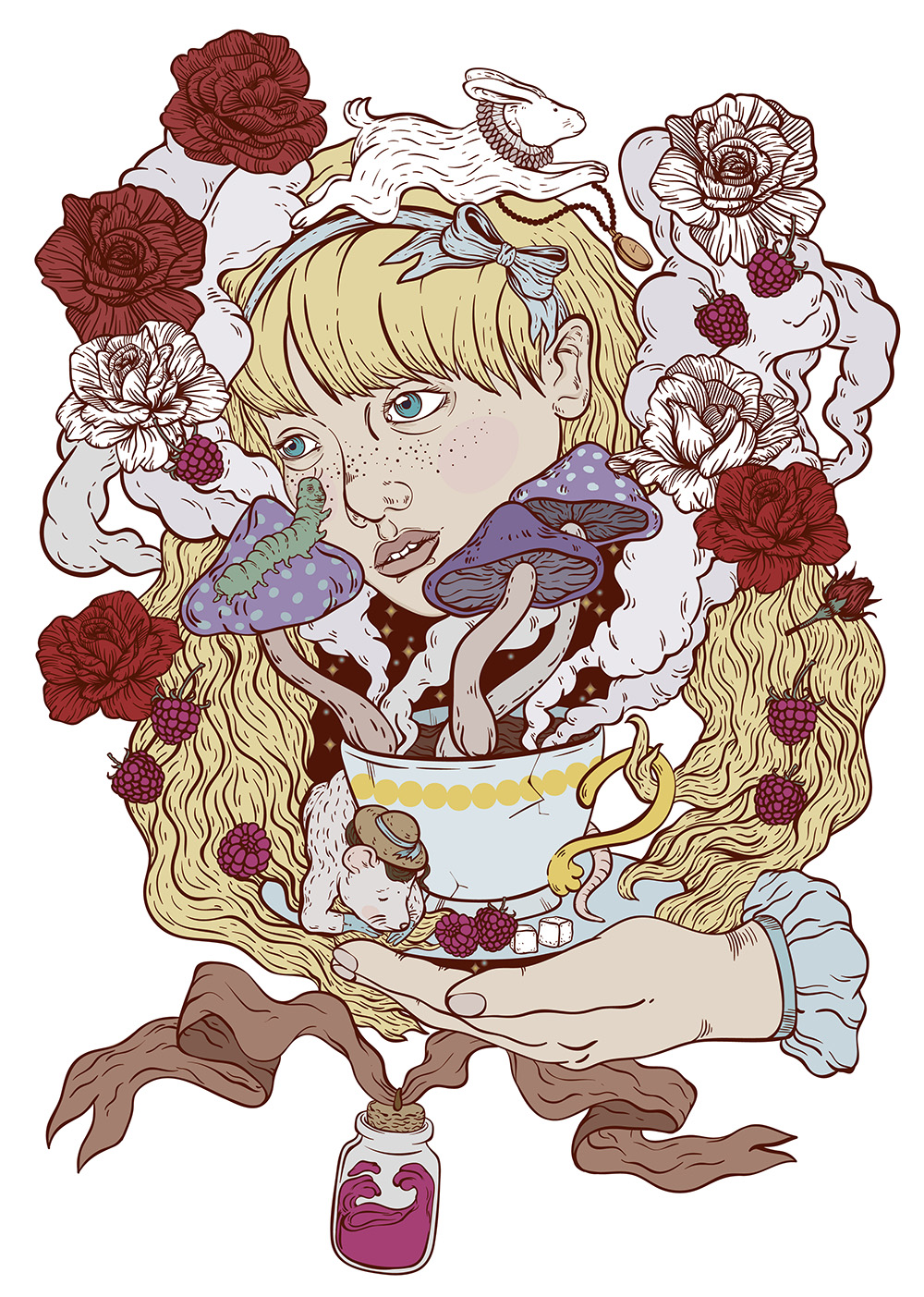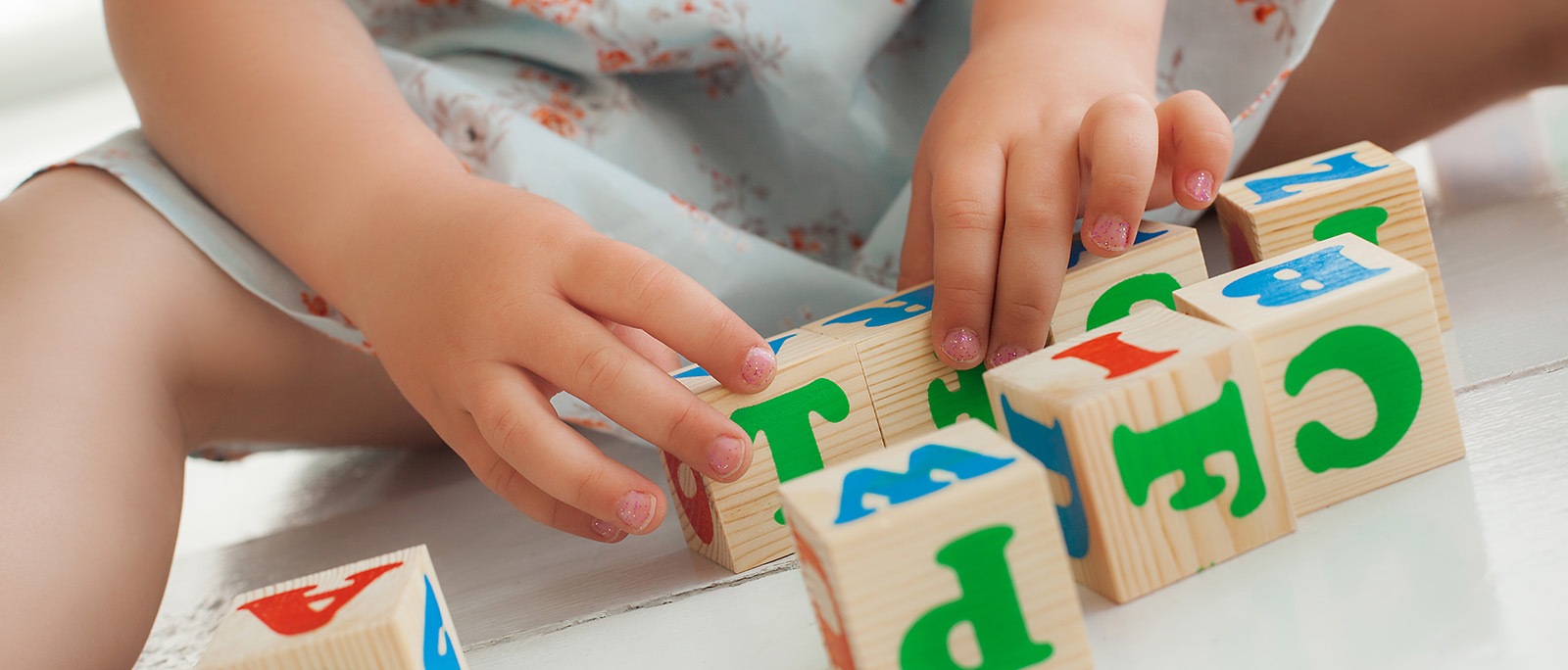One of the great pleasures of learning about English spelling is exploring how words in English come into existence, where they come from, and how they are built. This aspect of spelling can include the history and development of the English language, as well as the way English is able to adapt to and accommodate its current context, no matter the situation, subject or environment.
I was prompted to have a closer look at this in the current COVID-19 context, and the naming of this disease.
COVID-19
In COVID-19, ‘CO’ stands for ‘corona,’ ‘VI’ for ‘virus,’ and ‘D’ for disease; the ‘19’ is for 2019, when this virus was first identified.
The word is a blend of the technical terms for the type of virus, and set into a time context. Very clever.
COVID-19. I’ll spell it: C-O-V-I-D hyphen one nine – COVID-19.
Having a name matters to prevent the use of other names that can be inaccurate or stigmatizing. It also gives us a standard format to use for any future coronavirus outbreaks.
Director-General Dr Tedros Adhanom Ghebreyesus World Health Organization 11 February 2020
I discovered that there are strict guidelines used by WHO and other organisations in the United Nations for naming new diseases. The name must not refer to a geographical location, a particular animal, or an individual group of people. The name has to be related to the disease, and it must be easily pronounceable:
… with the aim to minimize unnecessary negative impact of disease names on trade, travel, tourism or animal welfare, and avoid causing offence to any cultural, social, national, regional, professional or ethnic groups.
This name, COVID-19, is now used around the world, referring to the one disease.
New words in English:
Every year about 1000 new words are incorporated into English. They might be for new inventions and ideas, some of which have included astronaut, bionic, robot, radar, googol and quark. Explore these yourself, and work with students to chase up the origins of many scientific terms. This is a homework activity strong in reading, researching, and summarising. Make sure students reference their sources so everyone in the class can follow up.
The online Oxford English Dictionary is constantly updating entries in the light of current events.
This Merriam-Webster site includes new terms created in this current pandemic context, as well as other new terms that are being incorporated into our everyday language.
Etymology
We have a rich etymological background to technical vocabulary, including some of the words being used in this time of COVID-19.
English word
epidemic
pandemic
Origin
epi + demos (Greek)
pan + demos (Greek)
Meaning
upon, above or in addition + the people
all + the people
These provide insights into other terms frequently used, though not in the current context:
epidermis = the outer surface of skin
panchromatic = sensitive to all colours of the visible spectrum
democracy = a system of government by representatives elected by the people.
Portmanteau words
The term COVID-19 itself is what is known as a ‘portmanteau’ word, a device in English created in 1872.
A word blending the sounds and combining the meanings of two others, for example motel or brunch. The term was coined by Lewis Carroll in Through the Looking-glass (1872).
We are a creative lot, always discovering new stuff and combining familiar ideas into new ones.
Some portmanteau words for what were new ideas:
- motor + hotel = motel
- breakfast + lunch = brunch
- medical + care = Medicare
- parachute + troops = paratroops
- smoke + fog = smog
- blow + spurt = blurt
- splash + sputter = splutter
- information + entertainment = infotainment
with increasingly important environmental issues:
- glamour + camping = glamping
- car + pooling (sharing) = carpooling
- biological + diversity = biodiversity }
- ecology + system = ecosystem } both biology and ecology were created in the 19th Century
- ecology + tourism = ecotourism } (Oxford English Reference Dictionary)
and development in technology:
- camera + recorder = camcorder
- web + log = blog
- net + etiquette = netiquette
- pix (pictures) + element = pixel
- emotion + icon = emoticon
- telephone + marathon = telethon
Portmanteau words are created whenever such a combination is required for convenience, for interest, and for the compacting of meaning. These are not compound words, as they are not made up from morphemes, those smallest meaning unit[s] within a word (Adoniou 2016 p.xiv).
Classroom activities
Making up your own: Give students interesting combinations that lend themselves to be incorporated into portmanteau words, such as:
- chair + sofa =
- escalator + phone charger =
- bus + helicopter =
- umbrella + hoodie =
- flippers + surfboard =
- skirt + shorts =
Students can make up their own portmanteau words, using two words, the combination and definition. You can keep the suggestions in a category, related to something to do with class activities, playground equipment, etc. eg
- moo + achoo = moochoo (a cow’s sneeze)
- free + lunch = frunch (a giveaway lunch)
Lewis Carroll began this creation of words in 1872 in his poem Jabberwocky, including:
- slithy = lithe + slimy
- mimsy = flimsy + miserable
- galumph = gallop + triumph
- chortle = chuckle and snort
These are interesting to incorporate into daily chat, and to explore further possibilities.
The poem itself is a good one for students to learn by heart as it can be used as a basis for performance with minimal props (ideal for constructing a performance piece for assembly), and for creating solo or shared images with online drawing programs, physical collage and textured materials, fabrics and papers.
The Science Friday website has a number of histories of words, as well as resources for exploring science and technology.
Help your students get turned on to words by providing multiple authentic opportunities to explore words. Be clear about the use of accurate terminology, as this will directly support your students in their learning and use of academic language in the future.
A final note about COVID-19.
COVID-19 is the name of the disease, but the virus name is different.
The official name of the disease is coronavirus disease, COVID-19.
The name of the virus is Severe acute respiratory syndrome coronavirus 2, SARS-CoV-2
The Macquarie Dictionary blog keeps us updated on what is current and accurate, particularly regarding COVID-19.
References
Adoniou, M. (2016) Spelling it Out: How words work and how to teach them Sydney: Cambridge University Press
Pearsall, J & Trumble, B (1996) The Oxford English Reference Dictionary 2nd Ed. UK: Oxford University Press









